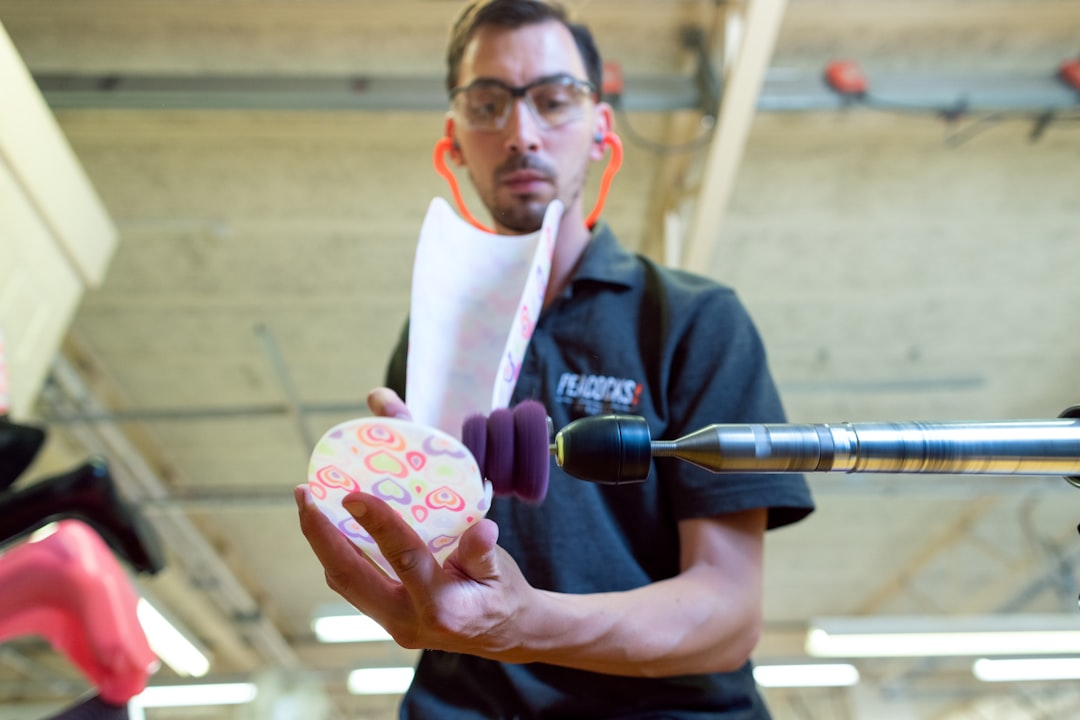Table of Contents
Navigating Your Path in Arts and Humanities:
Embarking on a career in Arts and Humanities can be incredibly rewarding, filled with creativity, cultural exploration, and intellectual fulfillment. However, many aspiring professionals in this field are often met with the challenge of carving out a niche that aligns with their passions and leads to sustainable career opportunities. If you're among them, we've put together a comprehensive, step-by-step guide to help you navigate your path to success.
Step 1: Identifying Your Passion within Arts and Humanities
The first step in any career journey is to pinpoint your passion. Arts and Humanities encompass a broad range of disciplines, from visual and performing arts to history, philosophy, and linguistics. Spend time reflecting on what excites you most, and consider taking courses or engaging in activities related to that interest. Websites like Forbes often feature inspiring stories of individuals who found their calling in the least expected places within these fields. It's also crucial to develop an eye for great designs, as this skill can significantly enhance your work and appreciation across various artistic disciplines.
Step 2: Education and Skill Development
A solid educational foundation is key to advancing in Arts and Humanities. Whether you pursue a degree or take specialized courses, focus on honing the skills that are most relevant to your chosen discipline. For instance, a writer should refine their writing and editing capabilities, while a historian might delve into research methodologies. The Bureau of Labor Statistics provides valuable insights into the skills and qualifications sought after in various humanities careers.
Step 3: Building a Portfolio or Body of Work
Create a portfolio or body of work that showcases your talents and capabilities. This could include writing samples, artwork, performance videos, or research papers. As you develop your portfolio, remember to highlight the diversity and quality of your work. This tangible evidence of your skills will be vital as you seek employment or further academic opportunities.
Step 4: Networking and Mentorship
Building connections in the arts and humanities sectors can open doors to job opportunities and collaborative projects. Attend industry events, join professional associations, and reach out to experienced professionals for mentorship. Social media platforms like LinkedIn can also be useful for networking and discovering career opportunities.
Step 5: Gaining Work Experience
Practical work experience is critical for understanding the nuances of your chosen field. Internships, freelance gigs, and volunteer positions can provide invaluable insights and help you build a resume that stands out. Even seemingly minor roles can teach you essential skills and introduce you to influential contacts.
Step 6: Ongoing Learning and Adaptation
The fields of arts and humanities are continually evolving. Stay up-to-date with the latest trends, technologies, and methodologies. Consider enhancing your knowledge by using online learning resources or attending workshops and conferences.
Step 7: Marketing Yourself
In a competitive job market, effectively promoting yourself and your work is crucial. This means crafting a compelling resume, cover letter, and online presence. Highlighting your unique experiences and skills can make you a more attractive candidate to potential employers.
Step 8: Pursuing Further Specialization
As your career progresses, you may find it beneficial to specialize further in your field. This could involve pursuing a master's or doctorate degree, or obtaining certifications in specialized areas. Such qualifications can lead to more advanced career opportunities and potentially higher earnings.
Step 9: Balancing Finances and Passion
Pursuing a career in the arts and humanities can sometimes mean prioritizing passion over financial gain, especially in the early stages. However, with smart budgeting and financial planning, you can balance your aspirations with practicality. Always be on the lookout for grants, fellowships, and other forms of financial support catered to professionals in your field.
Step 10: Staying Resilient
Finally, it's important to stay resilient and persistent. The path to a successful career in arts and humanities is often nonlinear and can come with its share of rejection and failures. Use these experiences as learning opportunities and remain committed to your goals.
Conclusion
Crafting a career in Arts and Humanities is about combining your passion with practical steps towards professional development. While it may seem daunting at first, the rewards of pursuing a career aligned with your interests can be immensely satisfying. For those looking to take the next step, exploring the features of innovative learning tools can aid in refining your skills and expanding your knowledge base.
Follow this guide, and you may find that your journey in Arts and Humanities not only leads to a fulfilling career but also contributes to a greater appreciation of the world around you. Remember, every artist was first an amateur, and with persistence, learning, and a bit of guidance, you can achieve a career as vibrant and meaningful as the art you love.








